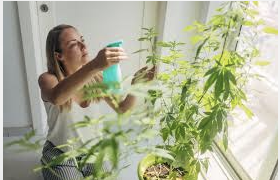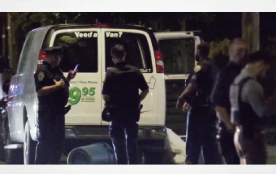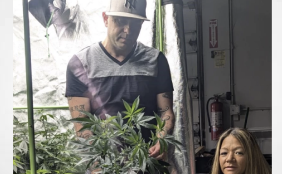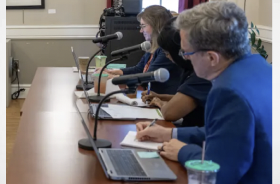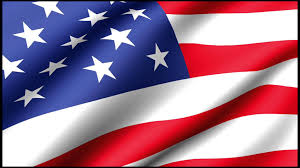27 April 2016
Here’s the introduction to their piece
As Congress and the Drug Enforcement Administration weigh whether marijuana should be rescheduled, public faith in the drug classification system continues to erode. Debate rages between those who emphasize the strangeness of marijuana being on the highly restrictive Schedule I alongside far more harmful drugs like heroin, and those who emphasize how strange it would be to put crude plant matter on a less restrictive schedule alongside well-specified FDA-approved medications.
Both sides have a point, a paradox stemming from a design quirk of the 1970 Controlled Substances Act: The law takes pains to recognize that medically useful, FDA-approved drugs vary in harmfulness, but does not recognize that this is equally true of drugs with no approved medical use. By throwing all these diverse drugs into the same basket, federal law both baffles the public and makes it very difficult for researchers to evaluate whether tightly restricted drugs might have medical applications.
Schedules II – V of the Controlled Substance Act have a compelling logic. Some of the medications that the Food and Drug Administration approves for medical use carry risks, for example of addiction or overdose. In some cases, those risks are real but minor (e.g., cough syrup) whereas for others they are significant (e.g., oxycodone and cocaine). Reasonably enough, the law imposes more controls on the riskier drugs than the less risky ones. Within Schedules II – V, the lower the schedule the greater the controls; prescriptions for drugs in Schedule II cannot be renewed, for example, whereas those for drugs in Schedules III – V can be.
So far, so commonsensical. But Schedule I is different: It lumps together every controlled substance that has no approved medical use, regardless of dangerousness. Distinctions between the degree of risk were ignored by the crafters of the scheduling system because they assumed that if were no medically approved uses, there was no reason to make fine regulatory judgments concerning who is allowed to manufacture, prescribe and research a drug and who is not. Marijuana was thus lumped together with all other drugs that are not approved for medical use, including ones like heroin, which has a power to induce lethal overdose that marijuana simply doesn’t possess.
This understandably strikes many observers as odd. Yet it would be equally odd under the terms of the Controlled Substances Act to place marijuana on Schedules II – V. Particular components of the marijuana plant provided in particular doses can be FDA-approved and scheduled. Indeed they already have been, with synthetic THC (Marinol) being the best-known example — used to treat appetite loss and chemotherapy-induced nausea. But the FDA process can’t easily evaluate a request to approve a plant that contains dozens of chemicals in widely varying amounts and comes in a range of forms, from joints of 5 percent to 20 percent THC to “dabs” of 50 percent to 70 percent. In fact, the FDA has approved very few “botanical” products of any kind, and has done so only recently. While one could accuse the FDA of being biased against herbal medicine, it does not single out the cannabis plant in this regard.
To fix the cannabis paradox, Congress could of course ignore the logic of its own law and move marijuana to another schedule. Failures in logic are nothing new in Washington, and a major one is already built into the CSA: Alcohol, a drug with clear potential to destroy lives, isn’t on any schedule at all.
Read the rest at https://www.washingtonpost.com/news/in-theory/wp/2016/04/26/the-paradox-at-the-heart-of-our-marijuana-laws-and-how-to-fix-it/
